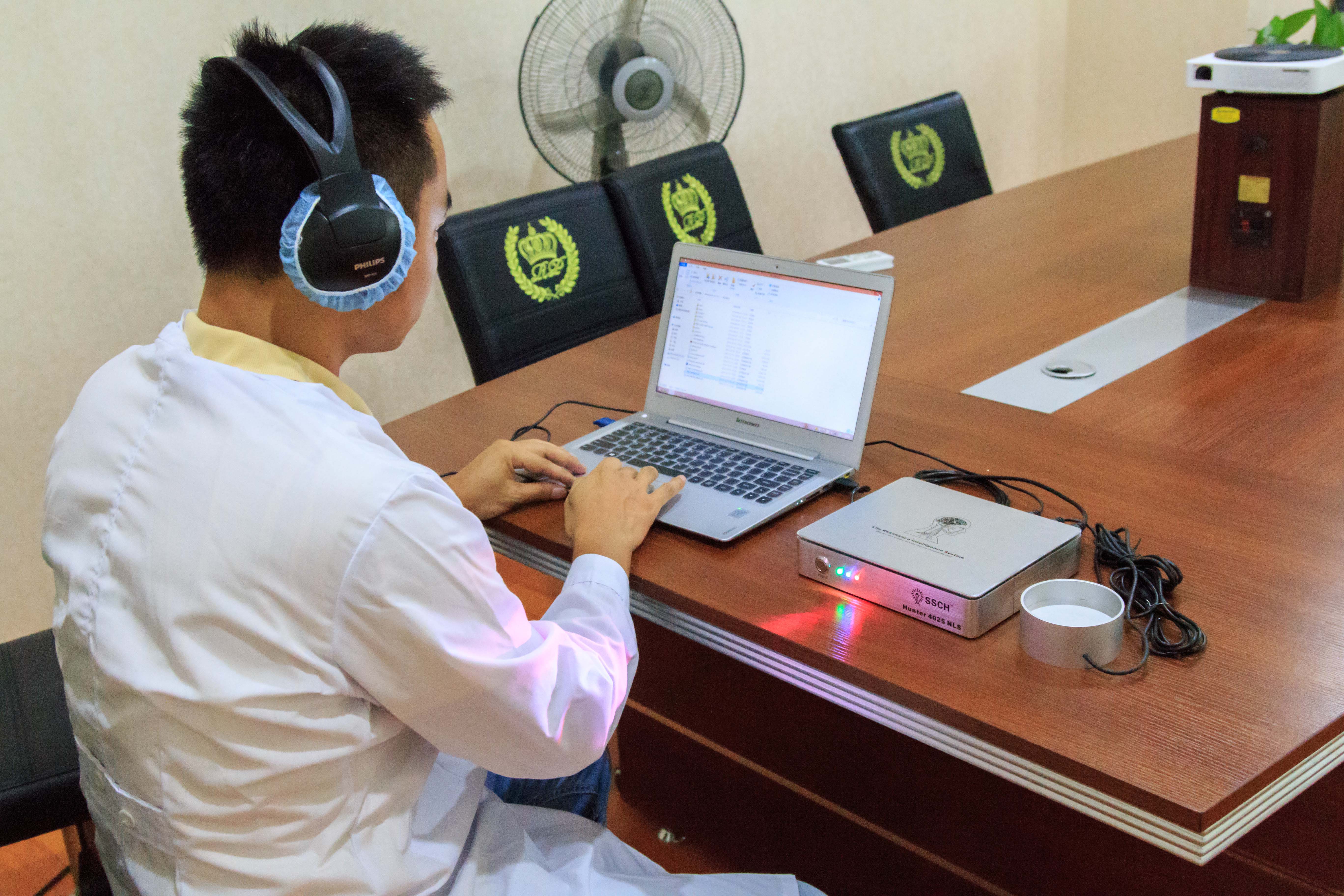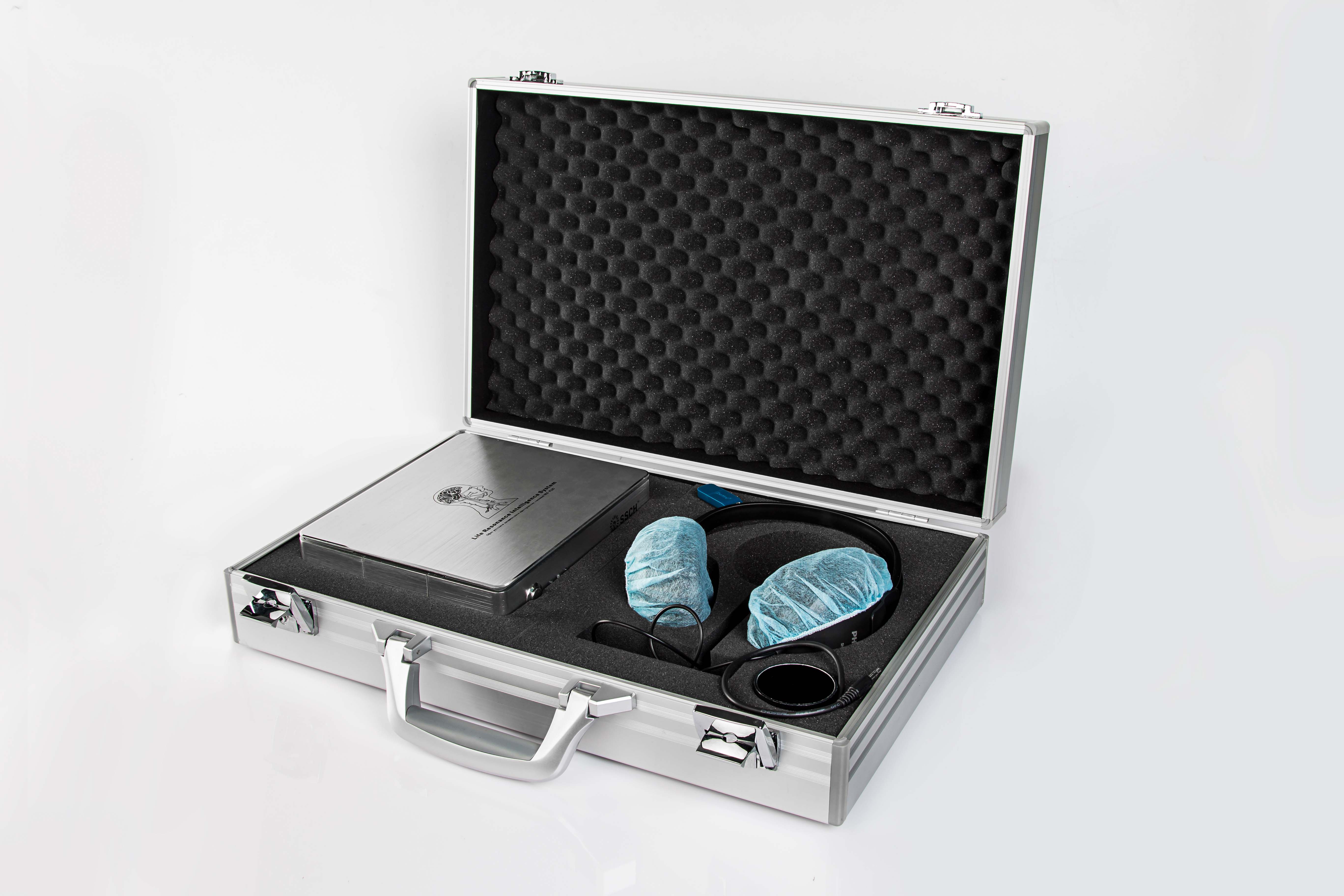Second, economic fish stocking
1. Selection of stocking species. Most of the reservoirs in China have a large amount of plankton. Therefore, salmon is the main breeding object. In order to make full use of other bait resources, omnivorous grasshoppers, grasshoppers, and herbivorous grass carp, which mainly consist of benthic animals, can also be stocked. Oh, wait.
2. The specifications and quality of stocked fingerlings. The fish species in the reservoir are often stored in small reservoirs. If the specifications are small, they often swim in dense pools after entering the reservoir. They are difficult to eat, have poor feeding ability, and are slow to grow. At the same time, they are poorly adapted to changes in the external environment and are vulnerable to predation by ferocious fish. Therefore, the survival rate is low and the rate of withdrawal is not high, which directly affects the fish productivity of the reservoir. On the contrary, the specifications of the fish species will be larger, the above situation will obviously change, and the growth rate of large stocking specifications is fast, but the other The larger the size of fish species, the higher the required production cost. Therefore, various localities can make appropriate provisions according to their own conditions, the size of the reservoir and the degree of harm of ferocious fish. China's current requirements for fish species specifications are generally: 11.5-13.2cm, 13.2-14.8cm for grass carp, 6.6-8.3cm for carp and carp. The species of fish that have been put into reservoirs are required to have neat specifications, lively and lively, robust and disease-free.
3. Stocking density and mix ratio. Because large and medium-sized reservoirs are large in area, deep in water, large in storage capacity, and the ecological conditions of fish are extremely complex and difficult to control, they mainly depend on natural foods in the reservoir for extensive culture. The stocking densities and mix proportions are mainly determined by the type of nutrition in reservoirs. The eutrophic reservoir can hold 110 to 140 tails per acre, of which the squid accounts for 35-40%, the squid accounts for 50-55%, the grass, pupa, pupa etc. may account for 5-15%; the general nutrition reservoirs Mu can be stocked with 80-110 tails, among which squid accounts for 30-35%, pupa accounts for 55-60%, and grass, pupa, pupa etc. may account for 5-15%; oligotrophic reservoirs can hold 50-80 per mu. Among them, squid accounted for 25-30%, carp accounted for 60-65%, grasshoppers, crickets, etc. may account for 5-15%. For small reservoirs, because of their small size and convenient management of fish farming, water is not deep, which is conducive to the breeding of food organisms and the growth of fish. The ferocious fish population is small and easy to remove. Fish farming can be divided into "Roughly cultivated" and "closely packed" two ways. In the “dilute and extensive culture†method, 80 to 100 species of 13-14cm fish are stocked per acre, of which 40% are carp, 50% are carp, 4% are grass carp, and 3% are carp and octopus. For small-scale reservoirs with “closely packed, intensively-cultivated†types, the species, quantity, and mix-up ratio should be determined based on the amount of feed and fertilizer, the nutritional status of the reservoir water, and the managerial capacity of the producer. For other fish, 300-400 species of 13-14cm of fish are stocked per acre per year, 50% of which are earthworms, 30% are grasshoppers, 10% are grass carp, and 5% are carp and carp.
Metatron Hunter 4025:
Description and Field of Application
Purpose
The Metapathia-GR Hunter software can operate only with the telemetric nonlinear analysis data processing apparatus "Metatron" and its subsequent modifications. The telemetric nonlinear analysis data processing device is compatible with the IBM-type PCs and intended for studying reaction of a biological object to different types of the informational impact. "Metatron" allows correlating the measurement process with the process affecting it and performs the following.
Operations:
1) It measures J (0) which mirrors the change of the describing parameter, and the entropic potential relative to its ini- tial value;
2) It transforms continuous signal J (0) with the preset intervals of frequencies into a histogram (a row of numerical val-ues of scanned frequencies with serial numbers from 1.8 to 8.2 Hz.);
3) It sends the current W values to PC and displays the graph on the monitor simultaneously with its impact on the examinee.
4) It accumulates the W value in its memory unit, if observing the histogram is more convenient upon completion of the measurements;
5) It issues the scale-correlated commands required for regulating the effect on the examinee at testing;
6) It transmits the W values from the unit into PC memory upon completion of the measurements and saves them in unit memory of prior to the beginning of recording data of the next measurements.
Telemetric nonlinear analysis data processing apparatus "Metatron" (hereinafter "apparatus") can be used for non-linear analysis of biological structures and testing of biologically active supplements. The apparatus can also be used in research centers and scientific research facilities.

The apparatus is intended to register psychophysics changes in system and allows to:
- Get qualitative estimation of functional condition in a form of topical analysis.
- Control effectiveness and results of different ways of treatment.
- Analyze dynamics of functional condition changes over period of time.
- Determine initial nidus of functional breach.
- Estimate character of changes using expert systems.
- Estimate basic characteristics of bio-system homeostasis.

Metatron Hunter 4025,Metapathia Gr Hunter 4025,Metatron 4025 Nls,Metatron Gr Hunter 4025
Shenzhen Guangyang Zhongkang Technology Co., Ltd. , https://www.nirlighttherapy.com